This is considered a breakthrough step, creating an important foundation to build a streamlined, effective and efficient apparatus to better serve people and businesses.
LESSON 1: STREAMLINED APPARATUS - A STRATEGIC MOVE IN GOVERNMENT REORGANIZATION
Implementing the Resolution of the National Assembly, after merging the administrative boundaries of Bac Ninh province (old) with Bac Giang province, Bac Ninh province (new) has synchronously reorganized the apparatus at all levels towards streamlining and efficiency. At the same time, the province has seriously implemented the two-level local government model with the motto "close to the people, close to the people, serving the people".
Reduce intermediate levels, streamline connections
Based on the guidance of the Central Government, the Provincial Party Committee and the Provincial People's Committee have focused on directing the development of plans to organize the administrative apparatus and public service units in the direction of reducing focal points and rearranging functions and tasks. Specifically, the province has established 15 departments and equivalents, reorganized 112 specialized departments, 10 branches and 180 public service units under the department. The commune-level apparatus has also been reorganized to be compact. The province has arranged 313 communes, wards and towns into 99 commune-level administrative units (including 33 wards and 66 communes), reducing 214 units compared to before. Each commune and ward currently has 3 specialized departments and 1 Public Administration Service Center, ensuring the apparatus has enough capacity to perform state management tasks in the area. The whole province currently has 396 departments and equivalents at the commune level, with 2,858 villages and residential groups.
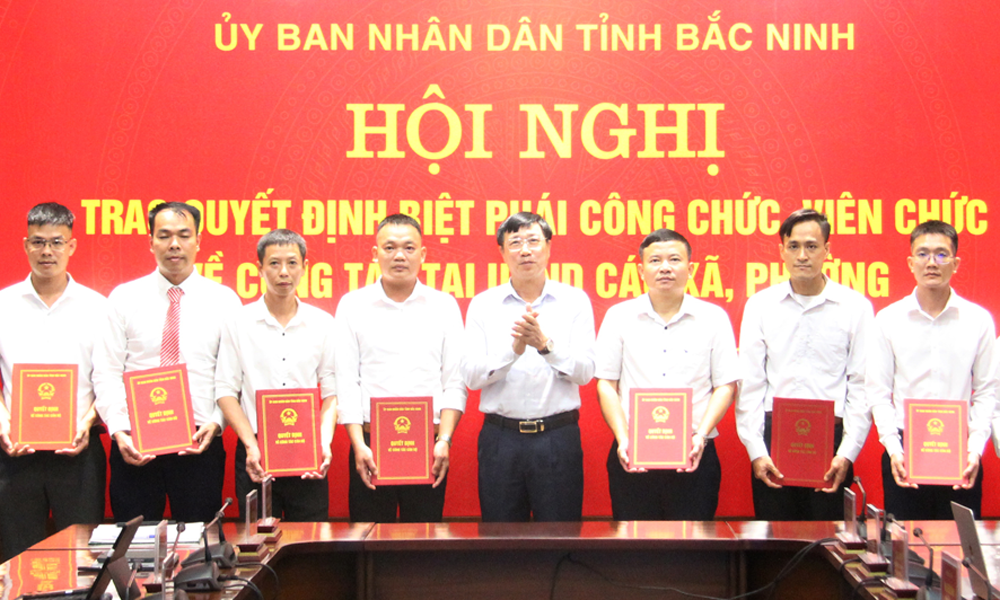 |
Many civil servants and specialized officials in the fields of construction, land, transportation, finance, technology, etc. were seconded and mobilized to the commune level to support localities. Photo: Sy Quyet. |
Regarding public service units, the whole province has 1,357 units, an increase of 18 units compared to the time before the merger of the province. Of which, 11 units are under the Provincial People's Committee, 180 units are under the departments and branches, and 1,165 units are under the People's Committees at the commune level (mainly educational institutions and public service facilities). The increase in the number of service units is due to the fact that each new commune (ward) establishes a Public Service Supply Center, in line with the orientation of bringing public services closer to the people.
Implementing Resolution No. 18-NQ/TW and guiding documents of the Central Government, Bac Ninh province also cut 33 public service units (including 3 units under the Provincial People's Committee and 30 units under departments, branches and sectors). The province determined that each department would only maintain 1 public service unit with regular expenditures guaranteed by the state budget, the remaining units would be rearranged towards autonomy, association or conversion of operating models in accordance with new requirements. Along with streamlining the apparatus, Bac Ninh restructured the staff, civil servants and public employees in a streamlined, reasonable and suitable direction for job positions. The total payroll is 67,887 people. Of which, the provincial level has 16,017 people, the commune level has 7,905 people and 43,968 civil servants, including the education and other service sectors.
To overcome the imbalance in human resources, the Department of Home Affairs has mobilized 14 cadres between communes and wards; 11 civil servants and public employees from the provincial level were assigned to communes; 100 specialized cadres in the fields of construction, land, and public service were also seconded from the province to communes to support localities that are lacking in human resources. The work of handling administrative headquarters after rearrangement was carried out systematically and scientifically by the province. At the provincial level, 116 facilities were reviewed, of which 54 facilities continued to be used, 33 facilities were re-arranged for units in need, and the remaining 29 surplus facilities were handed over to the Provincial Land Fund Development Center. At the commune level, 523 facilities were re-arranged, of which 244 were retained for use, 162 facilities were transferred and re-arranged between units, and the remaining 113 facilities were handed over to the Land Fund Development Center for handling according to regulations.
Government closer to the people is more effective
After more than 3 months of operating the two-level local government in Bac Ninh, many positive changes have been seen in both operational effectiveness and service efficiency. The abolition of the district level has helped shorten the intermediate level, creating conditions for the Provincial People's Committee to directly direct communes and wards. Decisions are issued and implemented more quickly, reducing delays in policy implementation. "Instead of going through many intermediate stages as before, now instructions from the province are communicated directly to wards and communes, contributing to shortening the time to process work, reducing administrative costs, and improving the operational efficiency of the entire political system. This is a breakthrough reform, creating conditions for the government to truly be close to the people, close to the people and for the people" - Mr. Phan Van Giang, Chairman of the People's Committee of Canh Thuy Ward shared.
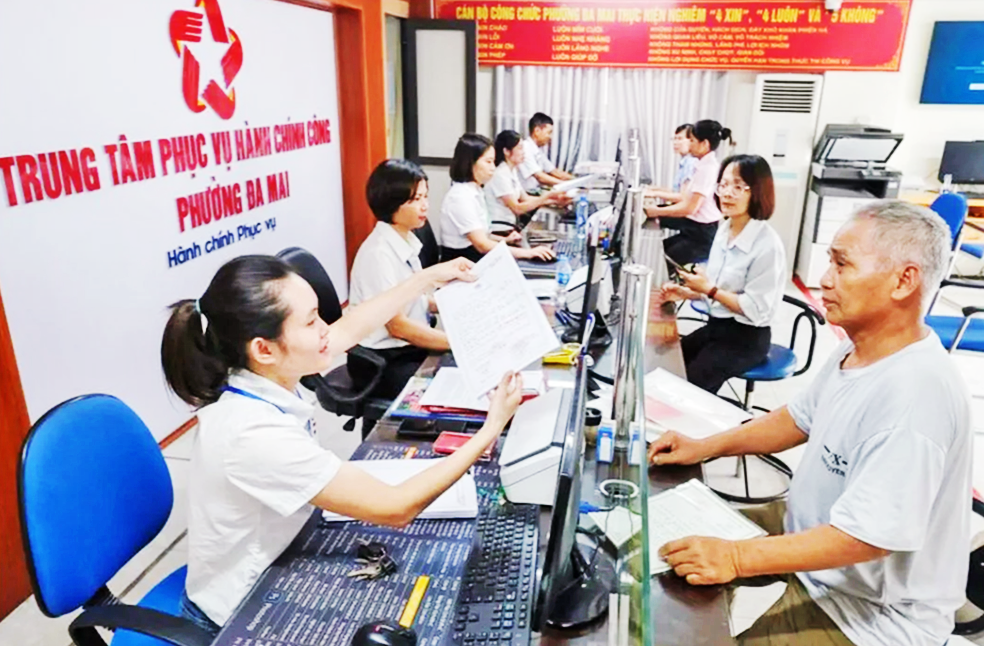 |
Staff of the Da Mai Ward Public Administration Service Center guide people through administrative procedures. |
Another benefit of a two-level government is the concentration of resources. Previously, the dispersion between districts led to fragmentation and lack of connection in the implementation of socio-economic development programs. Now, provincial-level policies are implemented synchronously and effectively; communes and wards have equal access to investment resources, especially in the fields of infrastructure, digital transformation, and social security. Communes and wards are invested in upgrading information technology infrastructure, improving public service portals, and promoting the reception and processing of online records. The processing of administrative procedures is quick, transparent, and paperless, helping to improve the satisfaction of people and businesses.
Comrade Vuong Quoc Tuan, alternate member of the Party Central Committee, Deputy Secretary of the Provincial Party Committee, Chairman of the People's Committee of Bac Ninh province said: "Organizing a two-level local government model not only helps streamline the focal points, but also creates conditions for more concentrated and even allocation of resources among localities. This model has been and is showing clear effectiveness in directing, operating as well as reforming administrative procedures." Streamlining the apparatus is also an opportunity to restructure the team of cadres and civil servants in a more professional, flexible and effective direction. The mobilization and secondment of competent cadres from the province to communes and wards not only helps to handle bottlenecks at the grassroots level, but also provides an environment for practical training for the next generation of cadres.
To ensure synchronous implementation, Bac Ninh province has established working groups to regularly inspect, urge and remove difficulties for the grassroots. This approach helps to promptly detect shortcomings, handle them flexibly, and limit congestion or stagnation in the new organizational apparatus. Initial steps show that the two-level local government is completely in line with the development trend, especially in the context of Bac Ninh accelerating to become an important growth pole of the Capital region, aiming to become a centrally-run city before 2030.
(To be continued)
Source: https://baobacninhtv.vn/thuc-hien-chinh-quyen-dia-phuong-hai-cap-o-bac-ninh-linh-hoat-de-thich-ung-sang-tao-de-van-hanh-hieu-qua-postid429748.bbg



![[Photo] The 5th Patriotic Emulation Congress of the Central Inspection Commission](https://vphoto.vietnam.vn/thumb/1200x675/vietnam/resource/IMAGE/2025/10/27/1761566862838_ndo_br_1-1858-jpg.webp)
![[Photo] Party Committees of Central Party agencies summarize the implementation of Resolution No. 18-NQ/TW and the direction of the Party Congress](https://vphoto.vietnam.vn/thumb/1200x675/vietnam/resource/IMAGE/2025/10/27/1761545645968_ndo_br_1-jpg.webp)


![[Photo] National Assembly Chairman Tran Thanh Man receives Chairman of the House of Representatives of Uzbekistan Nuriddin Ismoilov](https://vphoto.vietnam.vn/thumb/1200x675/vietnam/resource/IMAGE/2025/10/27/1761542647910_bnd-2610-jpg.webp)




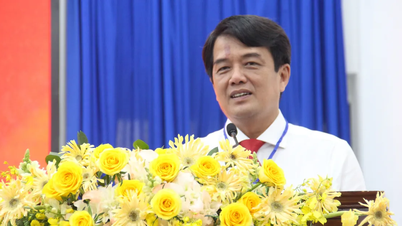

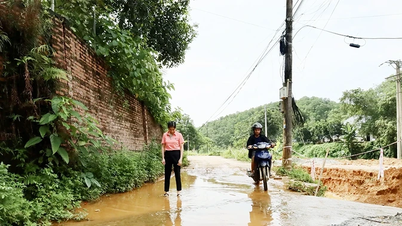



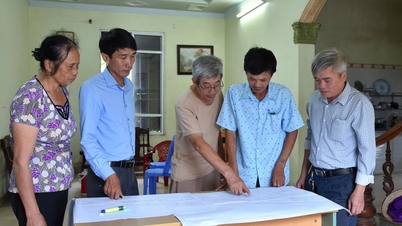

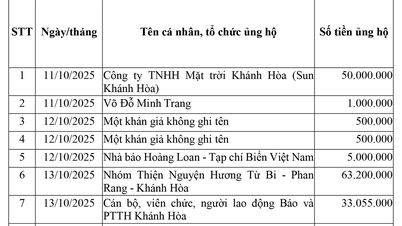




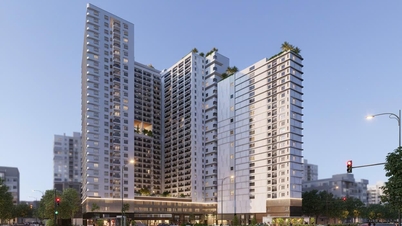
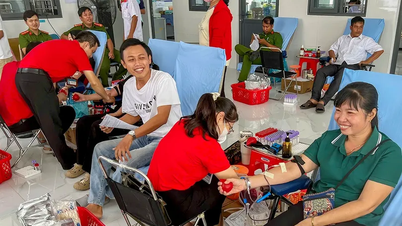

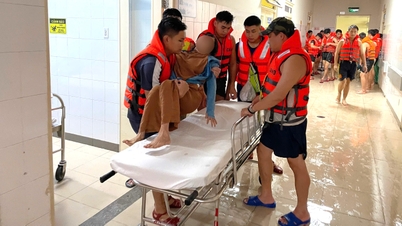





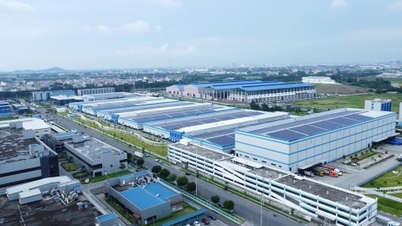

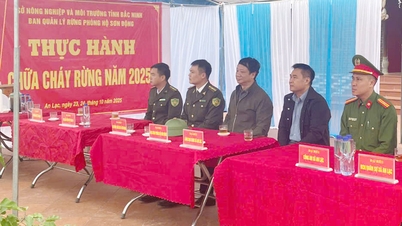

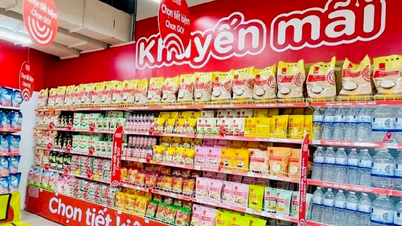
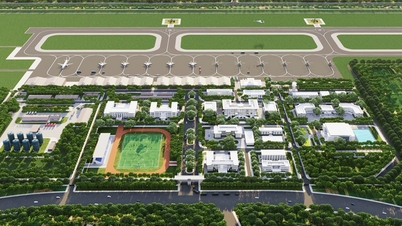



















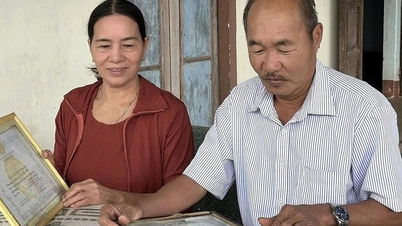
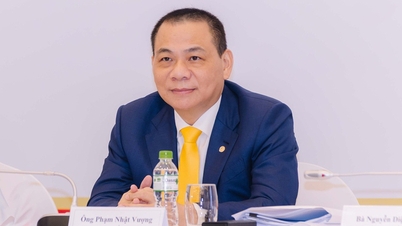






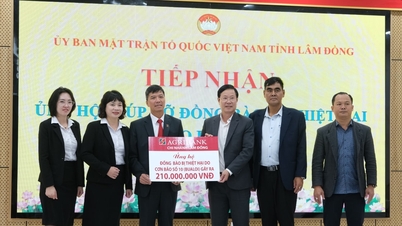











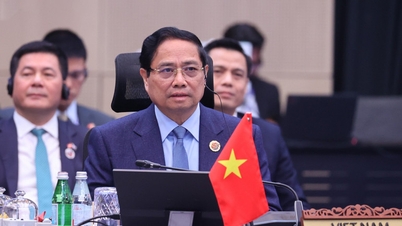

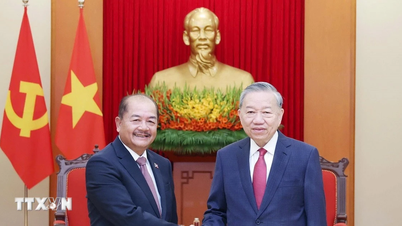
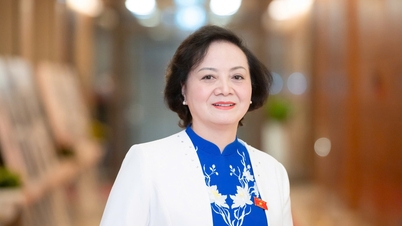


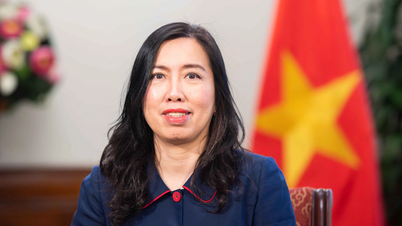
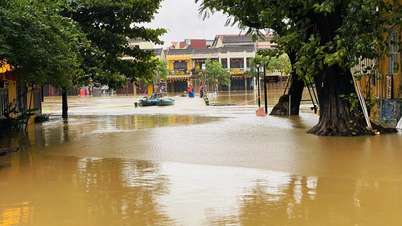
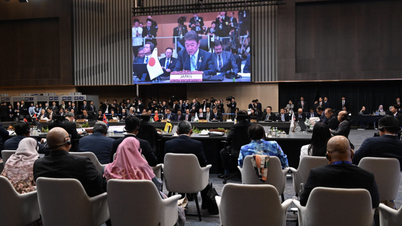



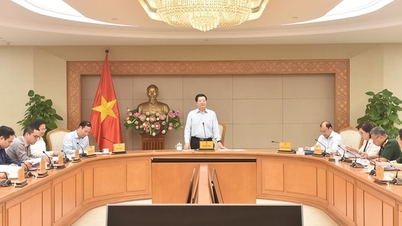

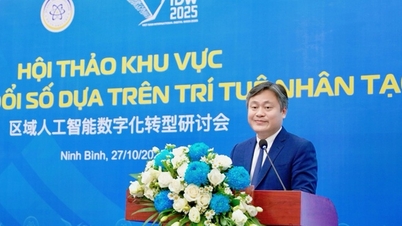
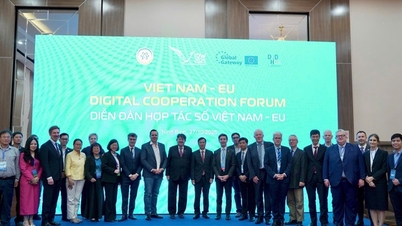
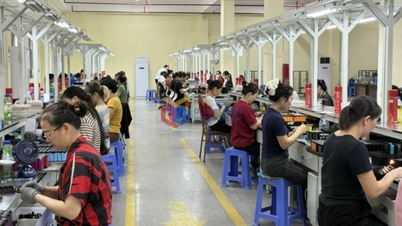

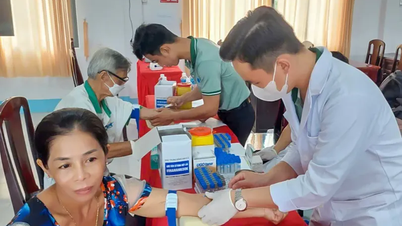

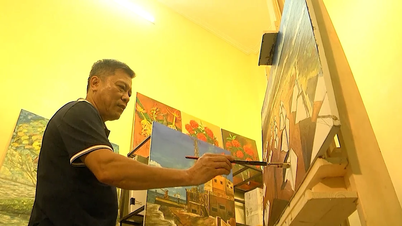















Comment (0)